Street Cats: The Heart of Rome
The uniqueness and culture behind the furry friends of Rome
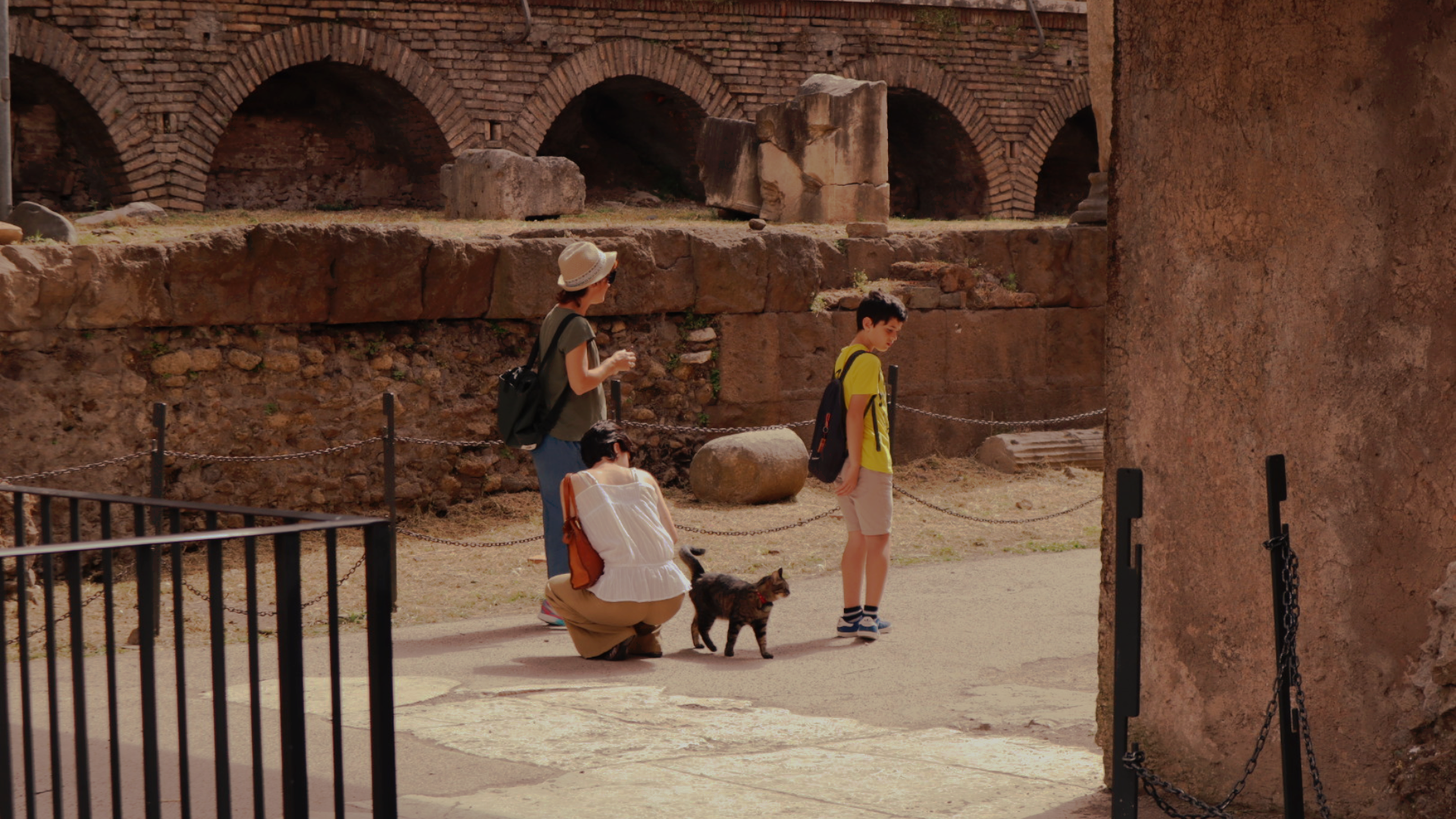
It's not unusual to come across a cat—or several—lounging in the ruins, roaming the ancient streets, or watching the busy activity from a perch on a building that dates back centuries when visiting Rome. Rome is a cat lover's dream come true, with a mix of culture, history, and an endless supply of furry friends.
Since ancient times, cats have played a significant role in Roman culture and have been woven throughout the city's history. Protecting cats has always been a Roman tradition since Ancient Rome. As mentioned by AESU, they were considered sacred to the goddess Diana, and were kept not only as companions, but as a way to control the pest population in the city as the rest of Rome's Pests like mice and rats grew along with Rome's population, endangering the city's food supply and general well-being. These cats have, and continue to leave a lasting mark on Rome's cultural and historical landscape.
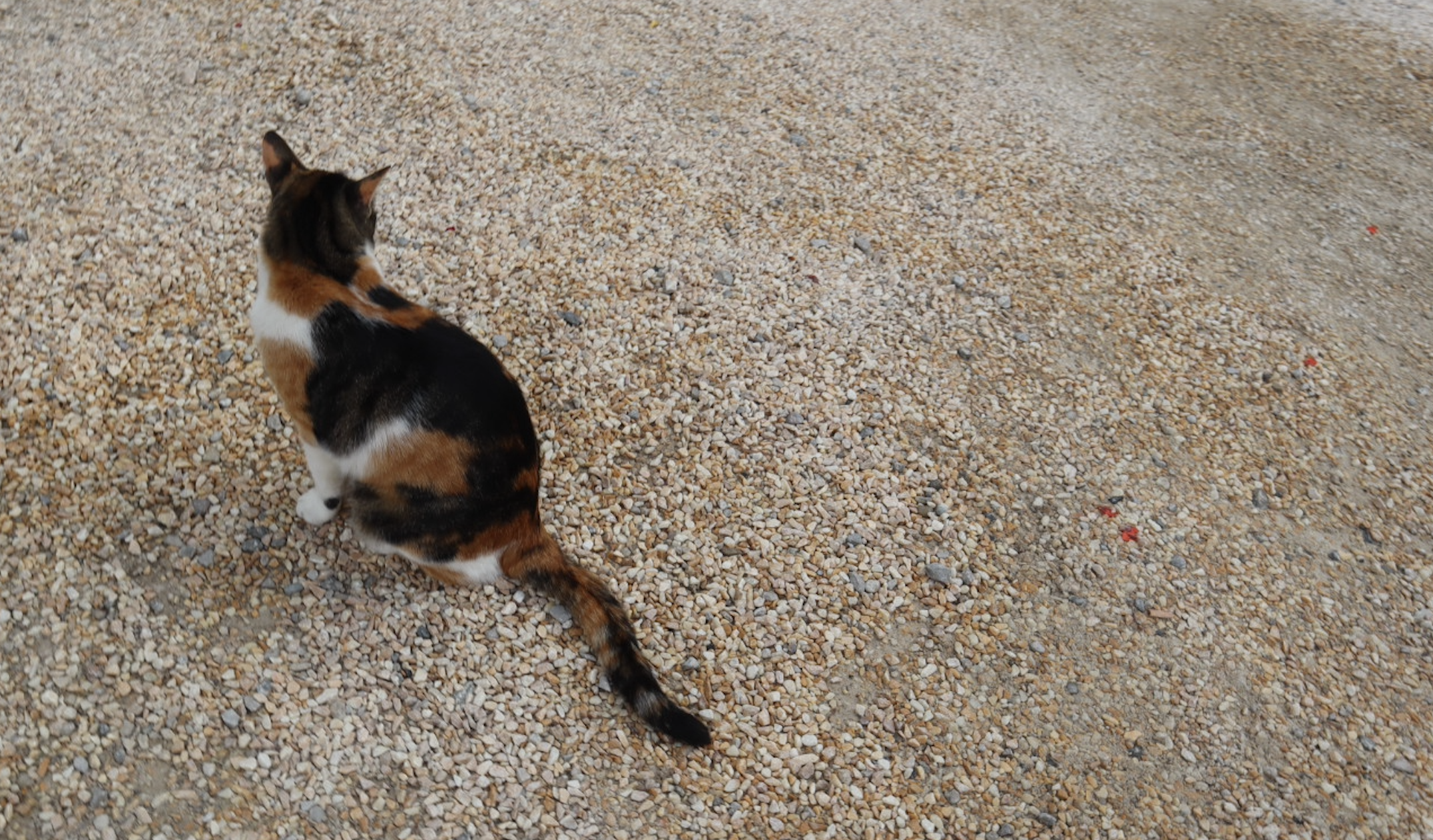

According to Rome on Foot, Rome is home to an estimated 300,000 cats. Of these, 170,000 reside in private homes, while the remaining 130,000 are part of cat colonies that freely wander the city's streets and archaeological sites. Some of the most well-known cat colonies in Rome include the Torre Argentina Cat Sanctuary, Colonia Felina Piramide, and Colonia Felina Verano.
The most famous cat sanctuary in Rome is Torre Argentina, located in the corner of Largo di Torre Argentina. Here, cats roam freely atop the ruins where Caesar was murdered. Currently, Torre Argentina mainly run by volunteers, and is home to 76 cats too debilitated to live in the wild, suffering from conditions such as blindness, neurological issues, and kidney failure. In addition to caring for these cats, the sanctuary sterilizes about 5,000 to 6,000 cats per year through a trap-neuter-release program. Torre Argentina thrives through donations and a remote adoption program, where supporters can contribute 15 euros per month to sponsor a cat.
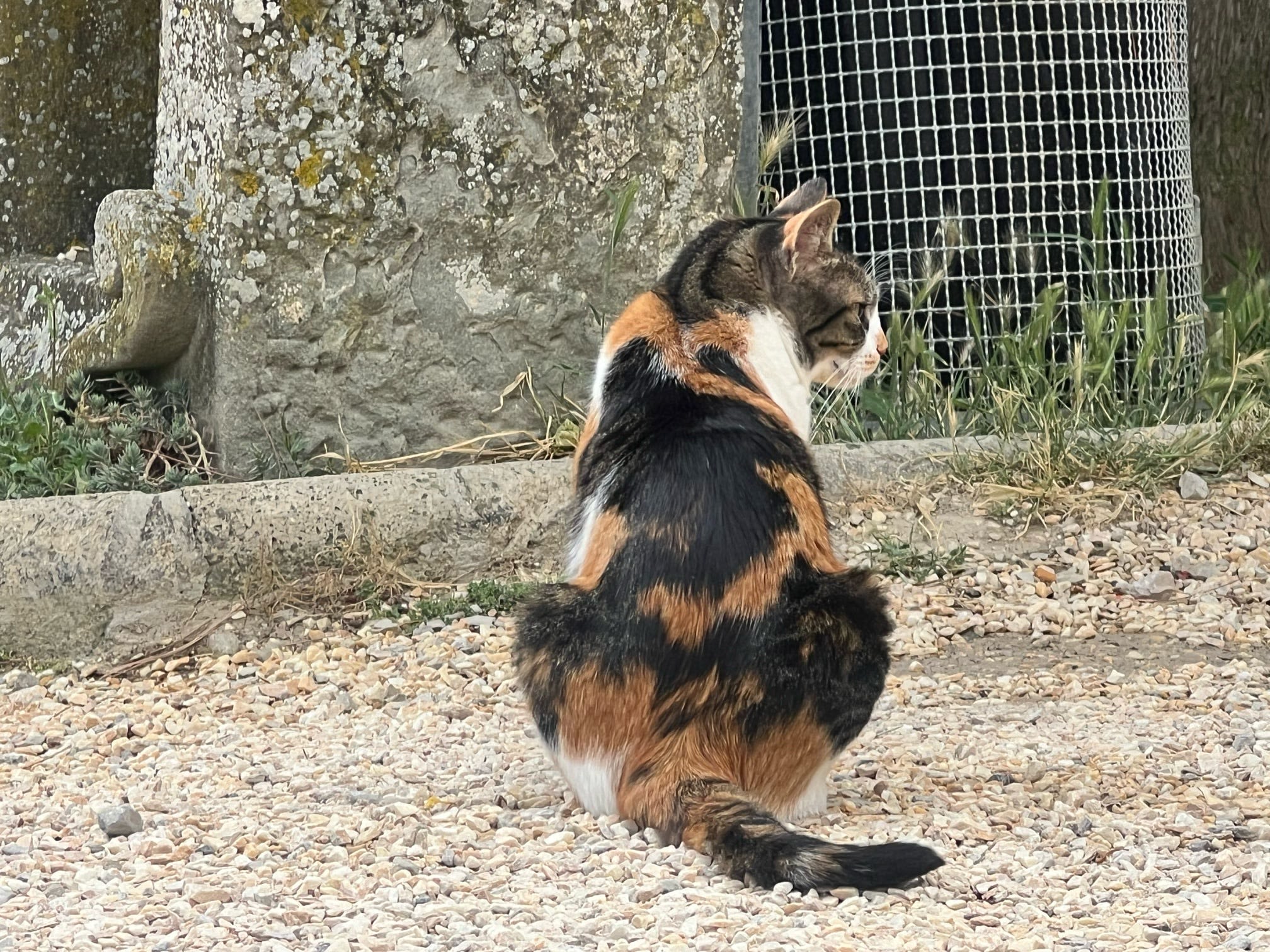
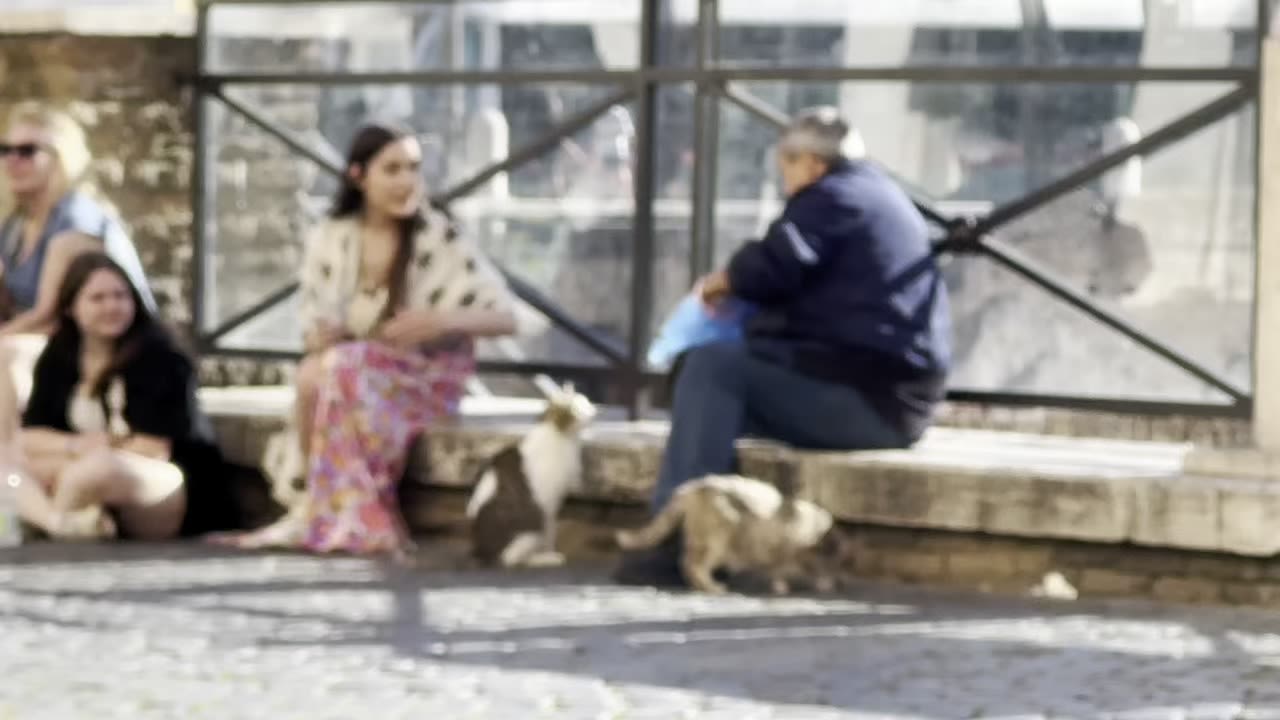
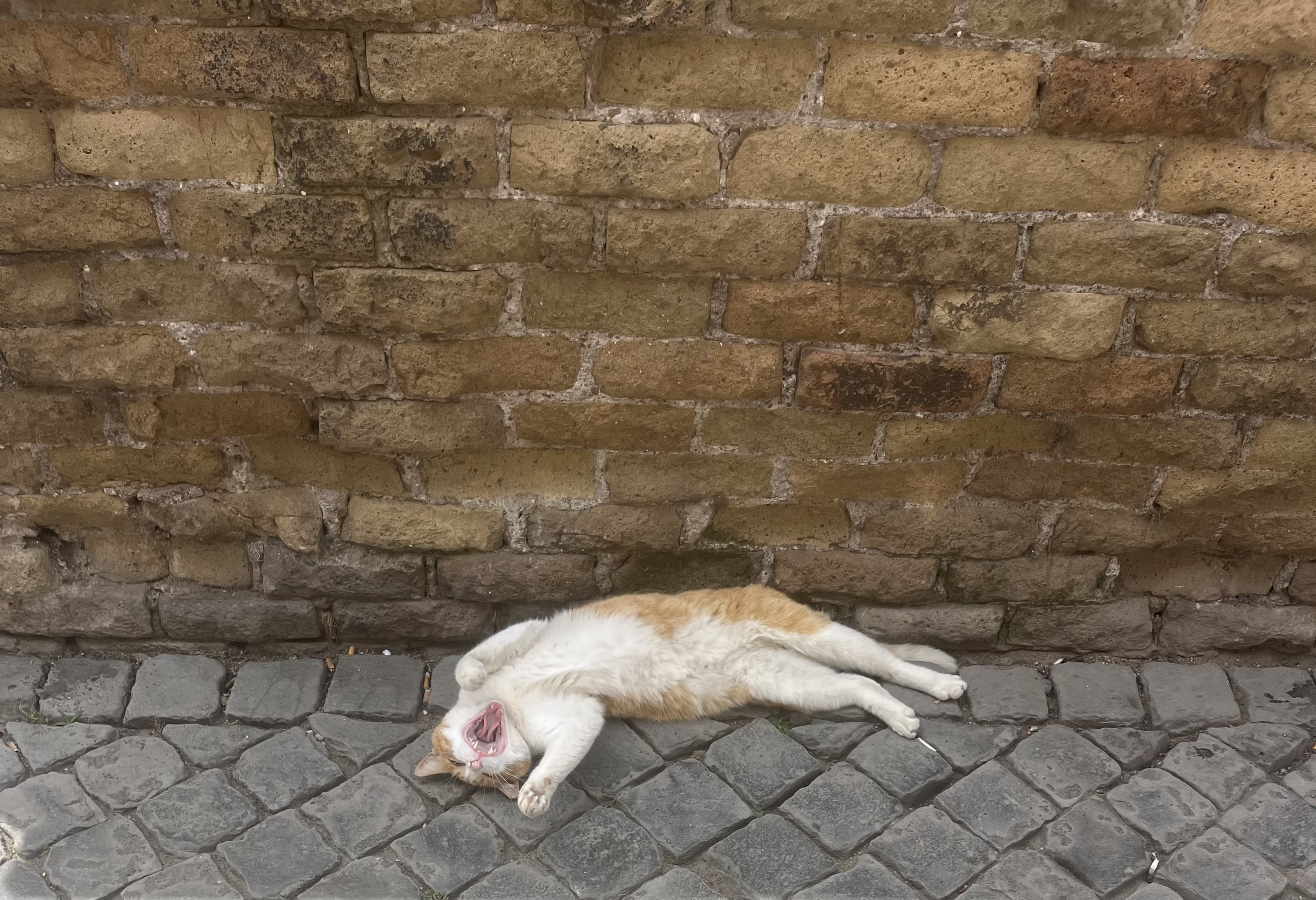
Trap-Neuter-Release is a widely used method for managing cat populations. This approach ensures that most felines are sterilized and unable to reproduce. In this process, cats are trapped, neutered, ear-tipped for identification, and, if possible, vaccinated before being released back into their outdoor environment.
Judith Moore-Shahverdian, owner of Sirsnowyprojects, rescues abused, abandoned, disabled, and elderly cats. With around twenty years of experience in trap-neuter-release, she has observed a significant cultural difference between urban and rural parts of Italy regarding the treatment of cats. In rural areas, cats are often treated poorly, no better than mice. She explained, "They don’t treat them well, they don’t get them vaccinated, they don’t do anything... they give them their table food and that’s it. In the cities, of course, there are people who accept animals as family, like we do in the States."
Sirsnowyprojects is privately funded, with Judith covering all expenses herself. When asked why she has dedicated twenty years to this cause and continues to do so, she simply replied, "Everything has a right to live." She further explained that Sirsnowyprojects "has always defended those with no voice." Among the many cats she houses and nurtures, Judith often receives calls about cats found in unfortunate conditions or abandoned, such as in a box left in the trash. Through this process, after TNR, Judith has put hundreds of cats up for adoption and has found them loving homes.
We sat down with Judith to discuss her work saving stray cats of Italy.
According to AESU, cats in Rome are legally protected under Law 281. This law specifies that harming a cat is punishable by law, cats can live wherever they choose and cannot be relocated, and they have the right to be fed in their chosen refuge. Additionally, local authorities are responsible for providing proper neutering services at no cost.
Romans also have legally designated "cat colonies," areas where two or more cats regularly reside under the care of a gattara (cat lady). Although a gattara is typically not a professional veterinarian, they take it upon themselves to ensure the wellbeing of the cats in the colony. They are often supported by local veterinarians and neighbors.
Due to this law, cats can freely wander the streets of Rome under legal protection. While the most famous cat sanctuary is in the heart of the city, cats across Rome benefit from this cultural and legal safeguard. This level of protection and integration is not always feasible in other countries. For example, Mikolaj from Poland expressed doubt, stating he is "not sure if it would work in [his] country," or anywhere in Poland.
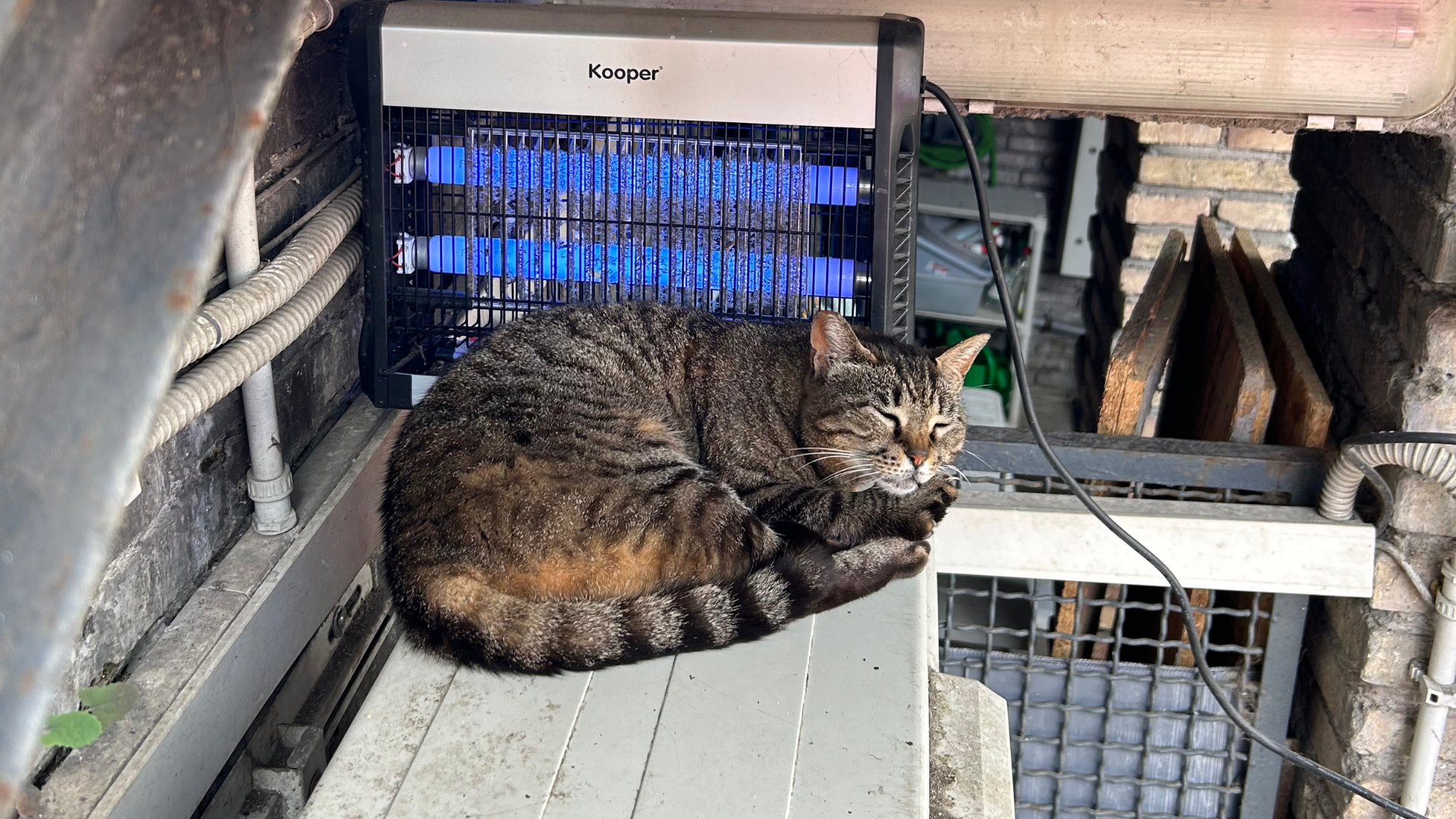
Rome's cats are more than charming locals—they serve as a live reminder of the city's rich cultural heritage. These cats have become ingrained in Roman culture.
Keep in mind the distinctive and enduring tale of these furry residents of the Eternal City the next time you stroll through the historic alleys of Rome and spot a cat sunning itself in the sun or trotting through the ruins.
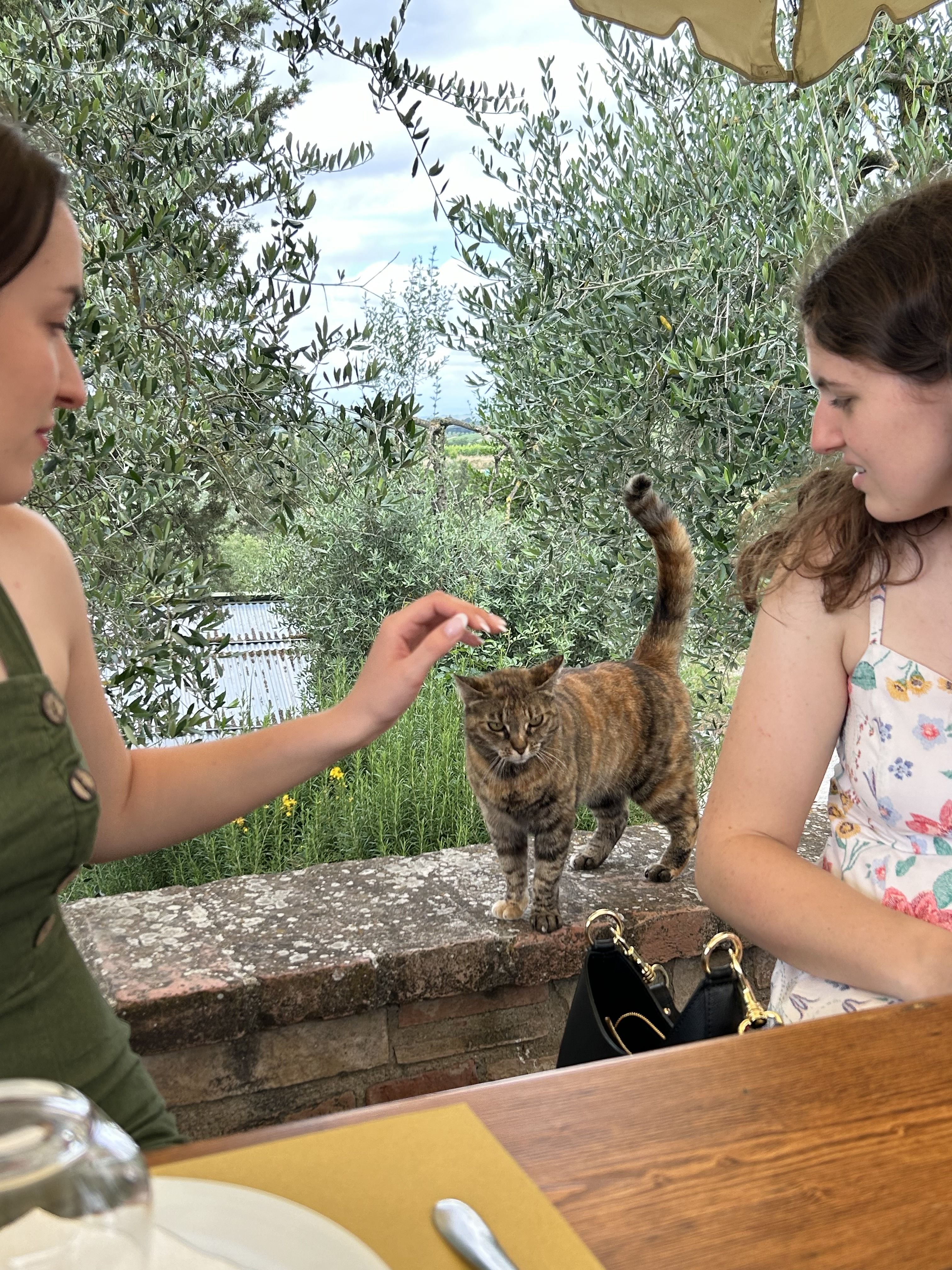
Image By Kyla Misasi
Image By Kyla Misasi

Image by Tiana Howell
Image by Tiana Howell
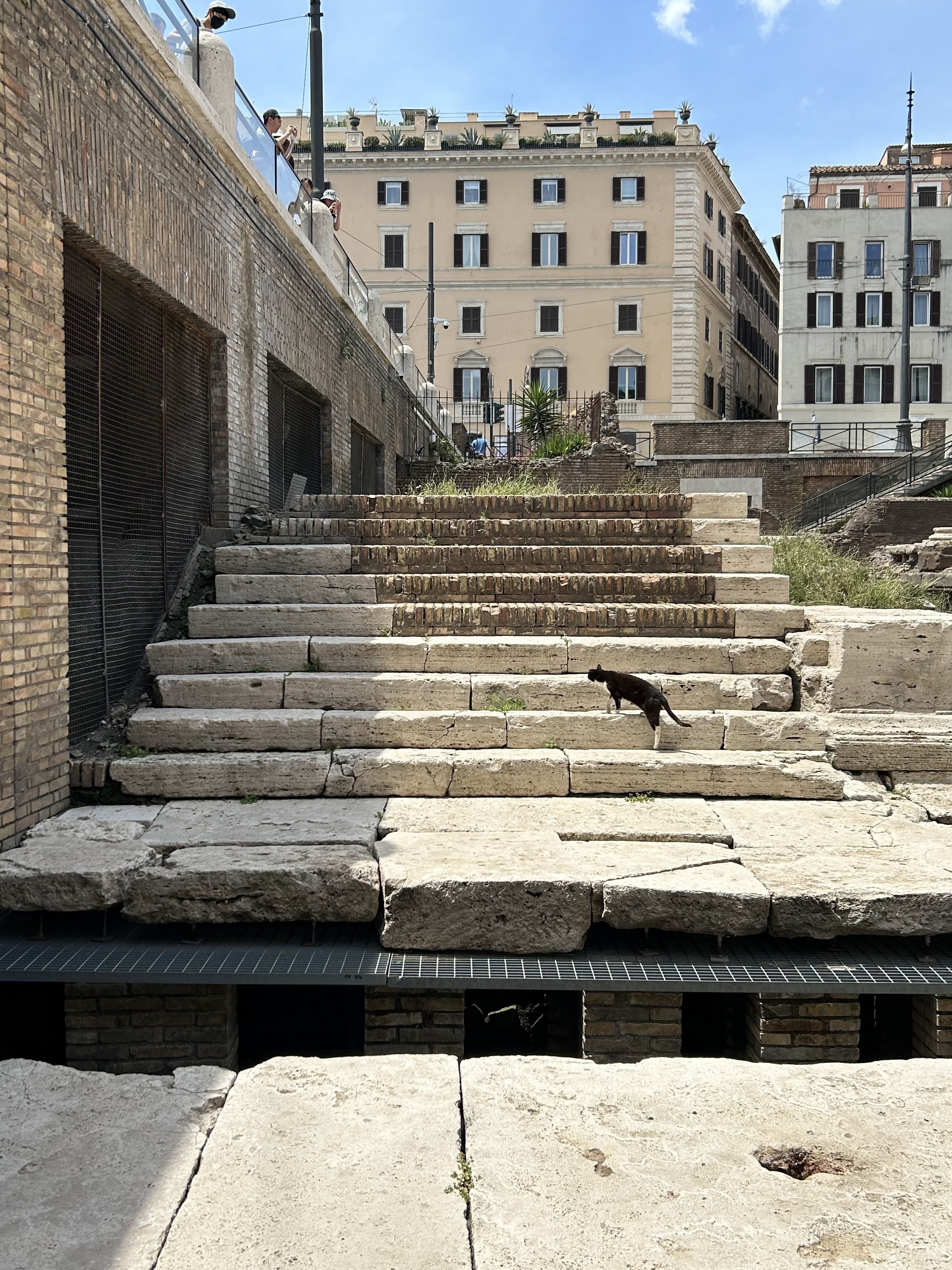
Image by Kyla Misasi
Image by Kyla Misasi

Image by Bella LoBue
Image by Bella LoBue

Image by Kyla Misasi
Image by Kyla Misasi
